How To Use Deadlift Straps
How To Use Deadlift Straps
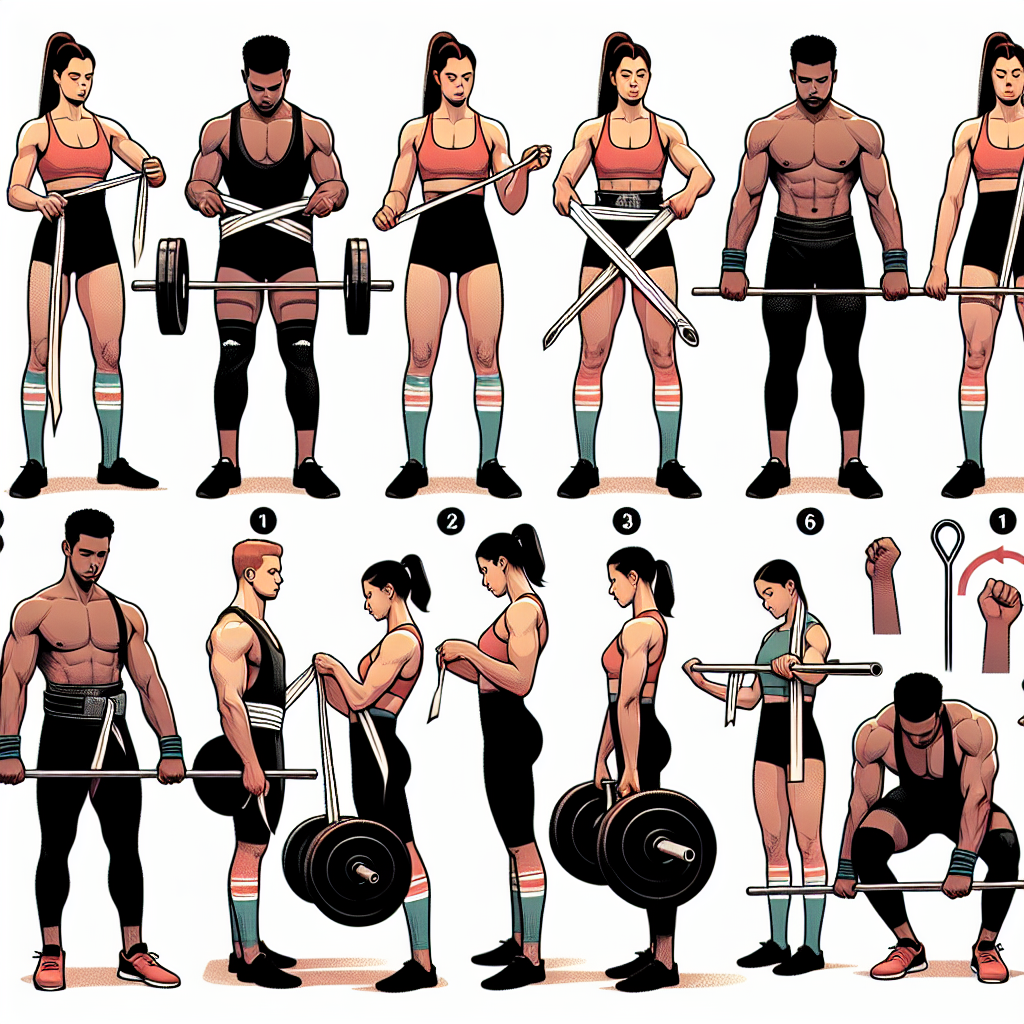
Ready to lift like a pro and smash your #StrengthGoals? Deadlift straps might just be the secret weapon you need in your fitness arsenal! Whether you’re a seasoned weightlifter or just starting to explore the world of powerlifting, mastering how to use deadlift straps can take your training to a whole new level. These handy tools not only enhance grip strength but also allow you to focus on perfecting your weightlifting techniques without worrying about your fingers giving out. So, buckle up and let’s dive into the benefits of deadlift straps and how they can help you lift heavier, reach personal bests, and maybe even turn you into the gym’s next lifting legend!
Introduction to Deadlift Straps
Deadlift straps are an essential tool for many weightlifters looking to enhance their performance and protect their hands during heavy lifting. Understanding the basics of these straps, including their different types and how to choose the right ones, can significantly improve your training sessions.
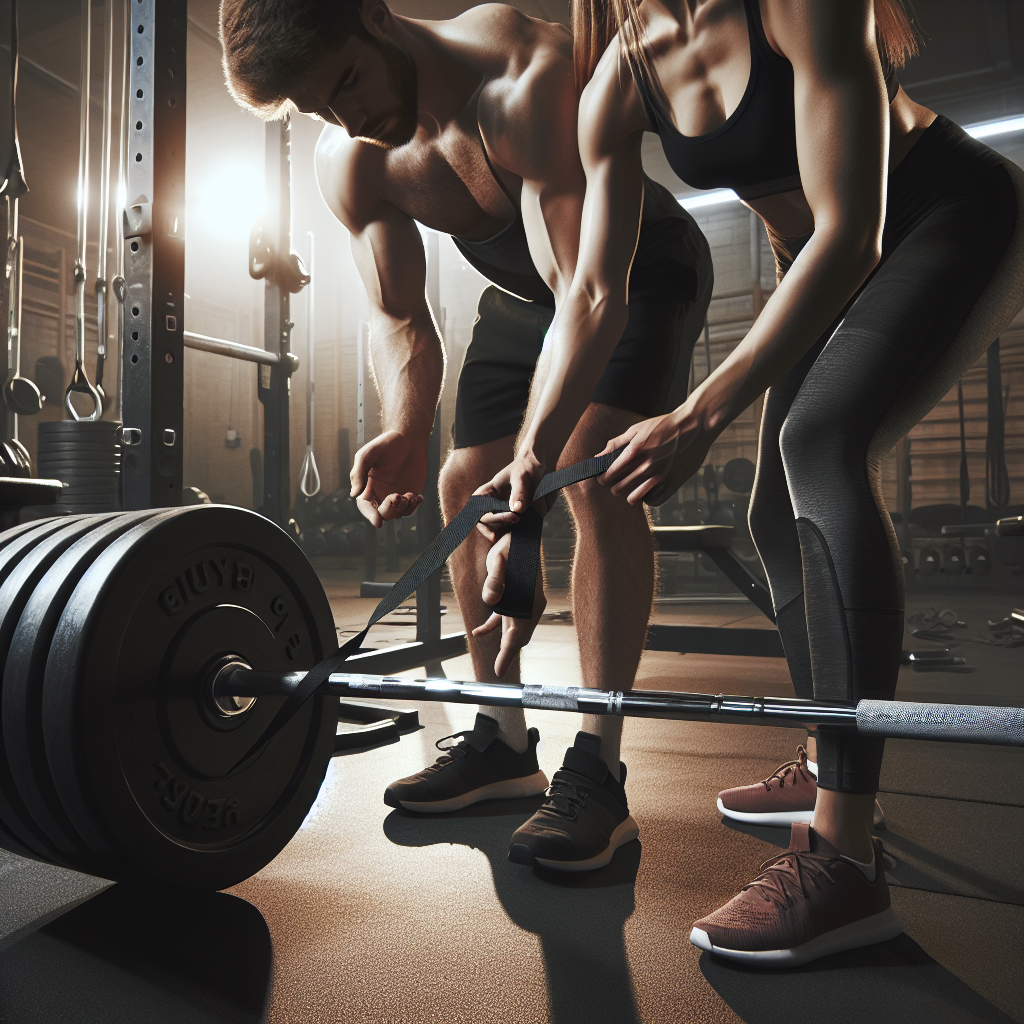
What Are Deadlift Straps?
Deadlift straps are long, sturdy pieces of fabric designed to wrap around the wrists and barbells to provide additional grip support when lifting heavy weights. They are typically made from materials like cotton, nylon, or leather, offering durability and flexibility. These straps help lifters maintain a secure hold on the bar, especially as weights increase and grip strength becomes a limiting factor.
For many athletes, deadlift straps can prevent the bar from slipping due to sweat or fatigue, allowing for more focus on lifting techniques. This helps in executing complex movements without worrying about grip failure.
Moreover, by using deadlift straps, you can work on your target muscles without grip strength being the primary concern. This can lead to more effective workouts and significant muscle gains over time.
Types of Deadlift Straps
Deadlift straps come in various styles, each with unique features suited for different lifting needs. The most common types include loop straps, hook straps, and figure-8 straps.
Loop straps are the most versatile, with a simple loop design that wraps around the wrist and the bar. They're ideal for beginners due to their ease of use and flexibility.
Hook straps have a metal hook that attaches to the bar, providing maximum grip support. These are great for those who lift extremely heavy weights but can be less comfortable for dynamic exercises.
Figure-8 straps wrap around the barbell twice and are popular in powerlifting for their reliability during heavy lifts. They offer a secure grip, but some might find them cumbersome for quick transitions between sets.

Choosing the Right Straps
When selecting deadlift straps, consider factors like material, comfort, and intended use. Different fabrics, such as cotton, nylon, or leather, offer varying levels of comfort and durability.
-
Cotton straps: These are typically softer and more comfortable but may wear out faster.
-
Nylon straps: Known for their durability; however, they might be less comfortable over extended periods.
-
Leather straps: Offer a balance of comfort and durability but can be pricier.
Your lifting goals will also dictate your choice. If you’re focusing on max lifts, figure-8 straps might be best. For versatility, loop straps are generally recommended. Comfort and ease of use are key to choosing the right deadlift strap for your workout needs.
Benefits of Deadlift Straps
Employing deadlift straps in your regimen can offer numerous benefits, from enhancing grip strength to increasing your lift capacity. Understanding these advantages can motivate you to integrate them into your training routine effectively.
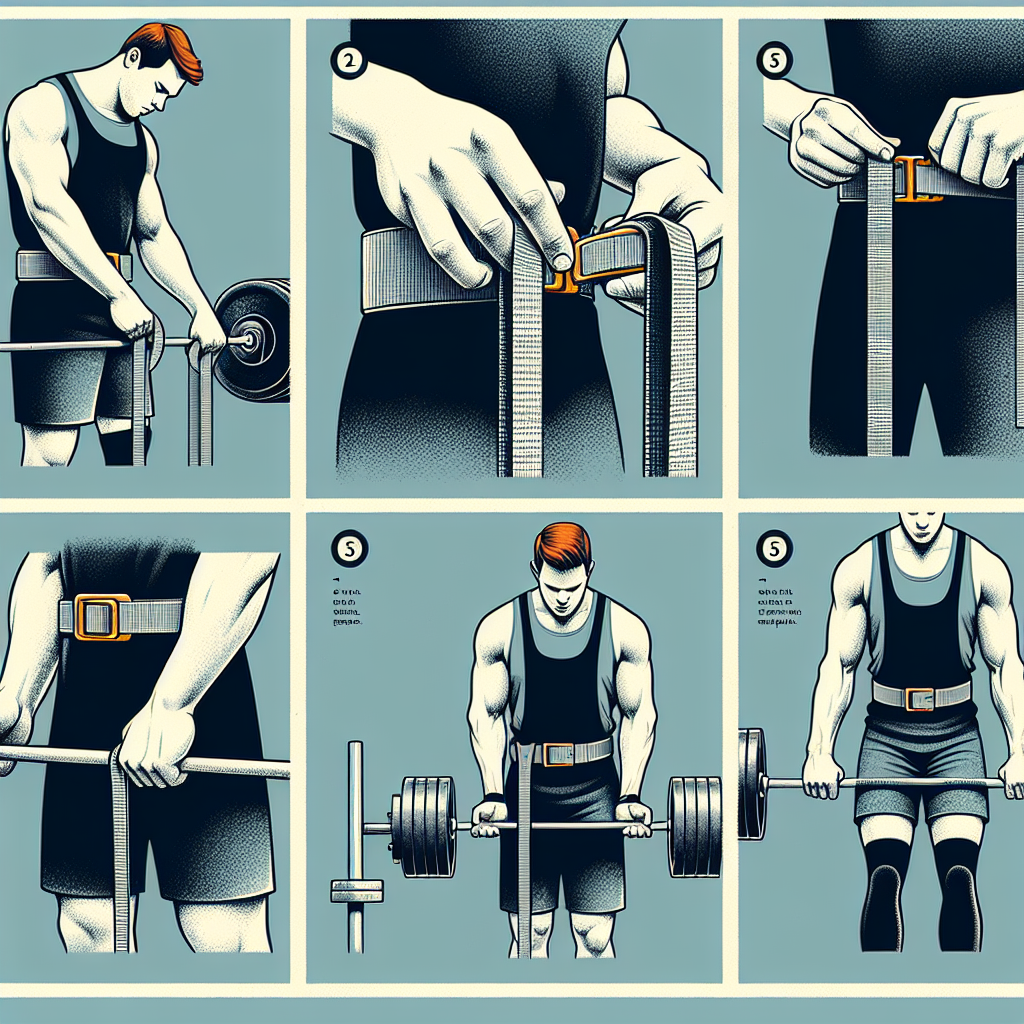
Enhanced Grip Strength
One of the primary benefits of deadlift straps is their ability to enhance grip strength. By providing additional support, they allow you to focus more on the lift itself rather than worrying about your grip failing.
Using straps can help you lift heavier weights, as the grip strength barrier is effectively removed. This enables you to push past your usual limits and target the specific muscle groups intended for the exercise. Over time, this leads to increased strength and muscle growth.
Moreover, straps facilitate longer training sessions since they reduce the strain on your hands. This is particularly beneficial for workouts targeting the back and shoulders, where grip fatigue can prematurely end a session.
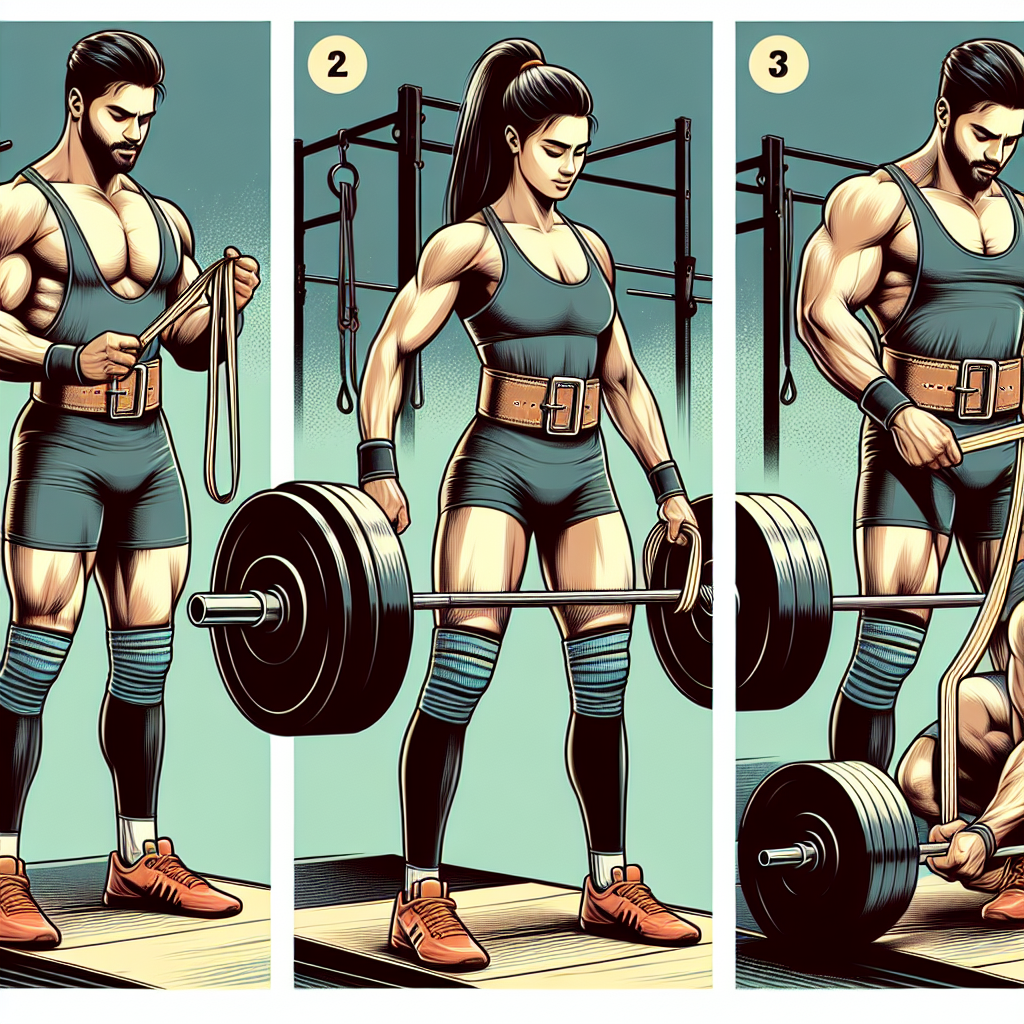
Increased Lift Capacity
Deadlift straps can significantly increase your lift capacity by allowing you to handle heavier weights. This is particularly beneficial when you're approaching the upper limits of your strength.
By using straps, weightlifters can shift their focus from maintaining grip to executing the lift with proper form and technique. This allows for more repetitions and heavier loads, leading to improved muscle hypertrophy and strength gains.
Additionally, as you adapt to lifting heavier weights, your body learns to engage more muscles, thereby boosting overall strength and coordination. This gradual increase in lift capacity can enhance performance across various exercises.
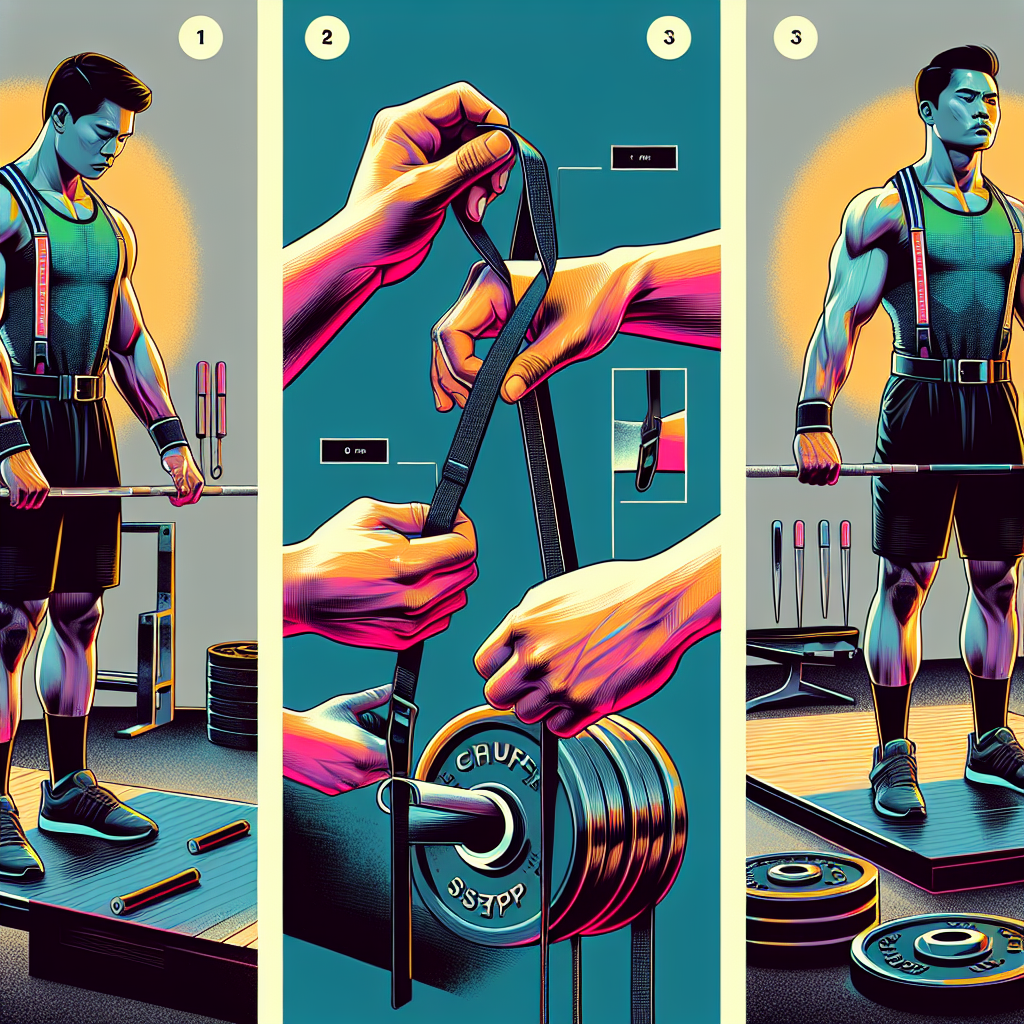
Reduced Wrist Strain
Another advantage of deadlift straps is their ability to reduce wrist strain during lifting sessions. For many lifters, wrist pain can be a significant barrier to progress, especially when handling heavier weights.
Deadlift straps distribute the load more evenly across the wrist and forearm, alleviating pressure on your joints. This can prevent injuries associated with excessive strain and allows for more comfortable lifting experiences.
In the long term, using straps can promote wrist health by minimizing stress and preventing chronic pain. This makes them an invaluable tool for lifters looking to maintain longevity in their training.
How to Use Deadlift Straps
Learning how to use deadlift straps effectively can be a game-changer for your lifting routine. From preparing the straps to mastering the proper wrapping techniques, here’s how to make the most of these powerful tools.
Preparing Your Straps
Before you start using deadlift straps, ensure they are properly prepared and ready for use. Here’s a quick guide on how to set them up:
-
Inspect the straps: Check for any wear or damage that could compromise their integrity.
-
Adjust the fit: Make sure they fit snugly around your wrists but aren’t too tight to restrict movement.
-
Position correctly: Feed the strap through the loop to form a secure circle around your wrist.
By preparing your straps correctly, you ensure that they provide maximum support and comfort during your lifts.
Wrapping Techniques
Mastering the wrapping technique is crucial for getting the most out of your deadlift straps. Follow these steps for an effective wrap:
-
Place the strap on your wrist: Ensure the loose end hangs down towards the bar.
-
Wrap the strap around the bar: Loop the free end of the strap under the bar and pull it over to create a tight grip.
-
Twist and secure: Rotate the bar slightly to tighten the strap further, ensuring a secure hold.
Proper wrapping ensures that the straps don’t slip during lifts, providing the support you need for heavy exercises.
Common Mistakes to Avoid
When using deadlift straps, it’s important to steer clear of common pitfalls to maximize their benefits. Here are a few key mistakes to avoid:
-
Too tight or too loose: Straps should be snug but not overly tight, as this can restrict blood flow.
-
Incorrect wrapping: Ensure the straps are wrapped securely around the bar to prevent slipping.
-
Over-reliance on straps: While beneficial, relying solely on straps can lead to weakened grip strength over time.
By avoiding these mistakes, you can use deadlift straps effectively and safely during your workouts.
Integrating Straps into Your Routine
Incorporating deadlift straps into your workout routine can optimize your lifting performance. Learn when to use them, how to balance raw and strapped lifts, and effective ways to track your progress.
When to Use Straps
Knowing when to use deadlift straps can greatly enhance your performance and prevent injury. Here’s how to decide:
-
Heavy lifts: Use straps when attempting max lifts or when grip failure limits your performance.
-
High-rep sets: Employ straps during high-rep sets to maintain form and endurance without grip fatigue.
-
Recovery days: They can also be beneficial on lighter days to reduce strain on your hands and wrists.
Using straps selectively in these scenarios can help you achieve better results from your training sessions.
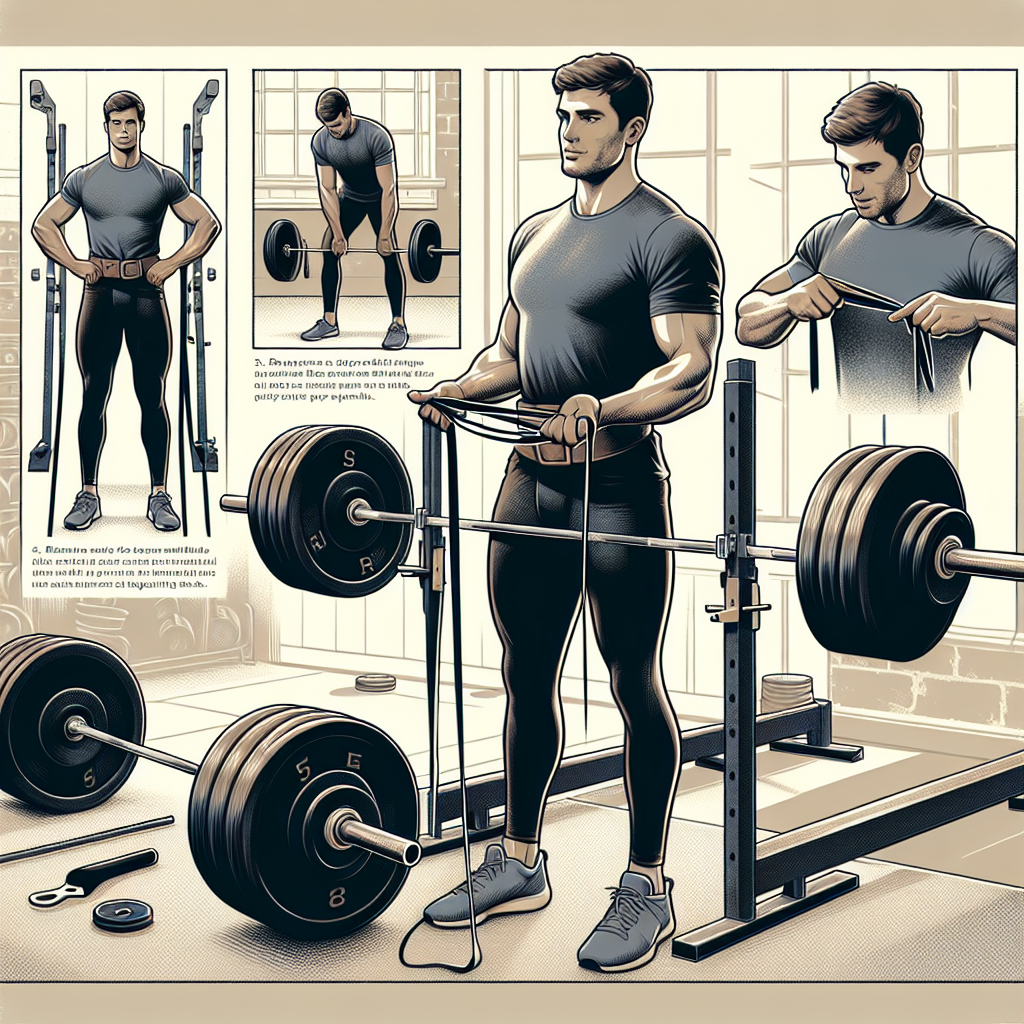
Balancing Raw and Strapped Lifts
Maintaining a balance between raw and strapped lifts is essential for comprehensive strength development. Here’s how to achieve it:
-
Alternate sessions: Mix raw and strapped lifts in different sessions to ensure well-rounded grip strength.
-
Warm-up without straps: Begin workouts with raw lifts to warm up your grip before using straps for heavier loads.
-
Monitor progress: Keep track of your lifts both with and without straps to gauge improvements in grip strength.
Balancing both methods ensures that while you maximize your lift capacity, your natural grip strength isn’t neglected.
Progress Tracking Tips
Tracking your progress is crucial when integrating deadlift straps into your routine. Here are some tips to stay on top of your game:
-
Record sessions: Keep a journal of your lifts, noting when you use straps and the weight lifted.
-
Set goals: Establish clear targets for both strapped and unstrapped lifts to monitor improvement.
-
Review regularly: Analyze your progress monthly to adjust your training plan and ensure continued growth.
Consistent tracking helps you understand the impact of deadlift straps on your performance, allowing for more strategic training decisions.
Advanced Weightlifting Techniques
Taking your lifting game to the next level involves mastering advanced techniques. Pairing straps with tools like the Barbell Jack or incorporating them into complex lifts can significantly enhance your performance.
Pairing Straps with Barbell Jack
Using deadlift straps in conjunction with a Barbell Jack can make weight changes more efficient and less taxing. Here’s how to maximize this pairing:
-
Quick adjustments: The Barbell Jack allows for fast plate changes, reducing downtime between sets.
-
Enhanced focus: With less time wasted, you can maintain focus and intensity throughout your workout.
-
Injury prevention: Easier weight changes reduce the risk of strain from awkward lifting angles.
This combination streamlines your routine and keeps you in the lifting zone, contributing to more effective sessions.
Clean and Jerk with Straps
Integrating deadlift straps into clean and jerk exercises can provide extra support for gripping heavier weights. Here’s how to incorporate them:
-
Set up properly: Ensure straps are wrapped securely for quick release during the jerk phase.
-
Focus on form: Straps help maintain grip, allowing you to concentrate fully on technique and power.
-
Practice transitions: Smooth transitions are key; practice moving from clean to jerk with straps to ensure fluidity.
Straps can make clean and jerks safer and more efficient, enabling you to handle increased loads with confidence.
Mastering Hip Thrusts with Straps
Adding deadlift straps to hip thrusts can help maintain grip on the barbell, enhancing the effectiveness of the exercise. Here’s how to do it:
-
Secure the bar: Use straps to hold the bar in place, allowing for a more stable hip thrust.
-
Increase resistance: With a better grip, you can add more weight, challenging your glutes and hamstrings further.
-
Focus on activation: Straps allow you to channel energy into muscle activation rather than grip maintenance.
By using straps, you can push your hip thrusts to new heights, reaping greater benefits in terms of muscle growth and strength.

Leave a comment
Please note, comments must be approved before they are published